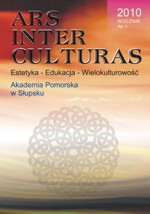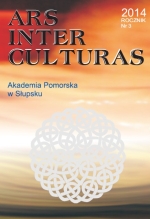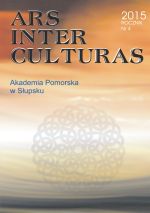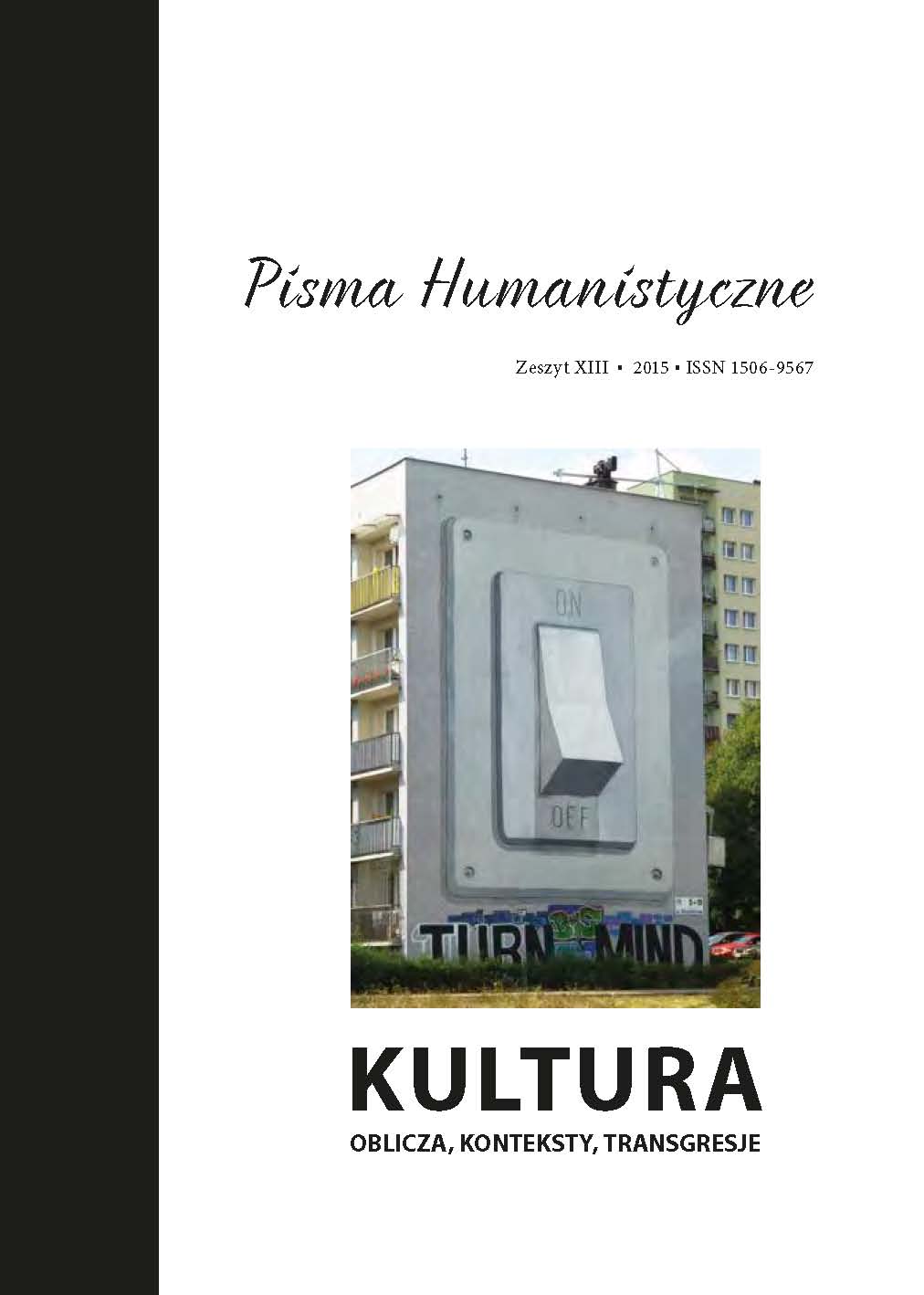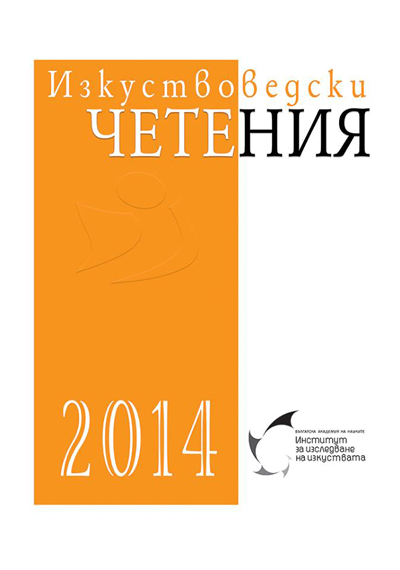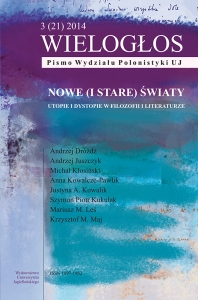Author(s): Josef Sulz / Language(s): German
Issue: 1/2010
Autor rozprawy rozpoczyna od omówienia związków muzyki ze społeczeństwem po to, aby pokazując multifunkcjonalność muzyki, przedstawić jej funkcjonowanie w XX wieku w społeczeństwach podporządkowanych narodowemu socjalizmowi, faszyzmowi i marksizmowi. Sulz podkreśla, iż pedagogika muzyczna podlegała zawsze naciskom „sił kształcenia”, które usiłowały do niej przenieść obszar ideologii, światopoglądów. Wartość muzyczna wówczas przestaje być „sama w sobie”, stając się środkiem instrumentalizacji wychowawczej. Sulz uważa, że muzyka powinna wyzwolić się z tych ograniczeń, gdyż ma ona zupełnie „inny program” – poprzez swoją emocjonalną siłę oddziałuje na grupy społeczne i jednostki ludzkie. Muzyka nauczana w szkołach wyrosła z tradycji nauczania w nich śpiewu. W Austrii podstawowa nauka szkolna była obowiązkowa od 1774 roku, a nauka śpiewu stanowiła jeden z elementów edukacji. Z czasem opracowane zostały metody pedagogiki muzycznej obowiązujące faktycznie w Europie Środkowej. Wschodnia Europa wzmocniła kanon pedagogiki europejskiej tradycją śpiewu. Zarys rozmaitych koncepcji pedagogiki muzycznej w Europie Sulz rozpoczyna od podstawy normatywnej, której opozycję przedstawia jako tendencję konsensualną. Normy są ważne, jedne należy uznawać za prawa uniwersalne, inne negocjować, co wynika z rozwoju demokracji również w omawianej dziedzinie. W rozprawie uwypuklono ważne postacie niemieckiej pedagogiki muzycznej i ich poglądy. Pierwszym z nich był Leo Kerstenberg (1882-1962), który stworzył podwaliny usystematyzownia tej dziedziny zarówno w kontekście przedmiotu szkolnego „muzyka”, jak i rozwoju dyscypliny naukowej. Reforma Leo Kastenberga objęła swym zasięgiem całe szkolnictwo niemieckie, poczynając od przedszkola, a kończąc na wyższych uczelniach. Przyświecała jej idea tworzenia muzycznych grup społecznych, budowanych współpracą triady: artysty – naukowca – pedagoga. Omówione są też rozważania innego niemieckiego filozofa, który wyznaczał ścieżki powojennej edukacji muzycznej – Theodora W. Adorno. Ten wybitny filozof postulował, aby młodzież uczona była tak, aby umiała odkrywać wartości muzyki wysokiej i nie obcowała tylko z muzyką nieartystyczną („kunstlose Spielmusik”). W pewnej części autor niniejszego opracowania poddaje krytyce koncepcję Adorno oparcia przedmiotu muzyka głównie na słuchaniu „nowej muzyki”, zaś niemal całkowitego wyeliminowania pieśni i ich śpiewania. Adorno wychodził bowiem z założenia, że śpiew może być niebezpiecznym narzędziem
instrumentalizacji wychowania ideologicznego, co było w okresie nazistowskim wykorzystywane do „urabiania” postaw młodzieży, charakteryzującej się ślepym posłuszeństwem wobec zbrodniczej dyktatury. Adorno w czasach powojennych szukał możliwości zaangażowania młodzieży w refleksję sztuki, która mogłaby dokonać swoistego katharsis, oczyścić
Niemcy ze stanu depresji po holocauście i ludobójstwie. Współczesne koncepcje muzyczno-pedagogiczne starają się odrzucić ten „adornowski akt pokuty”, a zwrócić się w stronę rozmaitych dydaktyk, które ulegają wpływom nowoczesnych mediów. Twórcami naukowej pedagogiki muzycznej w Niemczech są: Michael Alt (1905) i Sigrid Abel-Struth. W ostatnich dziesięcioleciach na wyższych uczelniach muzycznych powstały katedry pedagogiki czuwające nad programową i merytoryczną stroną edukacji muzycznej. Wszechobecny świat kultury masowej lansuje rodzaj śpiewu niemający wiele wspólnego z kulturą wysoką. Coraz silniejszy staje się nurt edukacyjny oparty na nauczaniu „przez muzykę” lub „ku muzyce” i kierujący się wyczuleniem na hierarchię wartości. Rozprawę zamyka podsumowanie znamiennie zatytułowane „Czy muzyka szkolna jest w kryzysie?”. Tytuł ten został przyjęty za tytułem wystąpienia Wilfrieda Gruhna w czasopiśmie „Musik und Unterricht”. Gruhn postuluje zmianę myślenia muzycznego, tak aby z jednej strony obejmowałoby ono zjawiska zaliczane do świata muzyki doby obecnej, a z drugiej nie zatracało się jedynie w takich tematach jak np. „Muzyka i przemoc” oraz „Muzyka i pieniądze”.
More...
